Still not fascinated by this advantageous approach? Worried about if it can work the same way for running through the corpora of Python or not? Read this article that covered all the bases of topic modeling in python that will take away all your concerns!
What is Topic Modeling?
Topic modeling is an AI mechanism that automatically scrutinizes the data and groups words together in a set. This technique helps in generating more efficient and accurate database results. A bulk of data is collected on a daily basis and categorized, which is surely not as simplistic as a walk in the park.
Therefore, through this process text can be quickly analyzed and alike components can be stored together, isn’t it better than accessing each word separately to determine the latent theme it belongs to? It is without a speck of doubt!
Topic Modeling and NLP in Python
We all have got largely familiar with the trending AI support ChatGPT and its benefits. Considering it a marvel of technological sciences we get amused by the way it can resolve any query in a matter of seconds. Undoubtedly, this is just one of those examples that we see every day but ever did you wonder how easy has it become for human beings to connect with computers?
NLP which stands for Natural Language Processing is the source that has made it possible through the processes of lemmatization, stemming and encoding text to machine language.
Lemmatization:
NLP in python studies the context of a word written in the corpora and then set apart the base word (lemma) to add it further to the bag of its relatable words.
NLP applications related to speech recognition, virtual assistance, and ChatGPT use this strategy to comprehend the meaning of a conversation to bring out the keyword and provide an exact answer to the queries of end users.
Stemming:
The process of stemming in natural language processing breaks down the words to their root forms to simplify the process of extraction and retrieval of valuable information.
Unlike lemmatization, the function of stemming is dependent purely on the shortening of a word to preserve only the informative base part.
When it comes to python topic modeling, Porter Stemmer, Lancaster Stemmer, and Snowball Stemmer can be considered as an option.
Encoding to Machine Language
It is indeed one of the major dimensions of NLP topic modeling that it converts text to numerical data or vectors to make it understandable for computing systems.
Although there are many methods for encoding text Index encoding, BERT, BOW encoding, and TF-IDF are the most used ones.
Integration of this method has helped remove all the redundancies from the data and restoring that machine can easily validate for developing a contextual sentence.
Topic Modeling and LDA in Python
LDA stands for Latent Dirichlet Allocation where latent is used for the process of enlightening the gist of content that is unknown to the user, of course, its topic!
Dirichlet refers to the text distribution that is done by using this method when a topic-based classification of text is done to remove the redundant data and preserve the valuable components only.
LDA topic modeling benefits the users by letting them know the vague or unseen information present in a document. It works on the parameters of probability for instance a document of 100 words has 50 keywords and each one of them adds weightage to the text.
Therefore, this function automates finding the undiscovered topic of the document to determine the important keywords in it.
Is Topic Modeling in Python Supervised?
Topic modeling in Python does not require any training which makes it an unsupervised practice. Since it does not require enough legwork hence, there is no such need to apply strategies formulated by human beings.
Resultantly, the mechanism of python gets simplified by forming a matrix that leverages the distribution of data via topic modeling algorithms. An example of it could be the repeatedly used social media hashtags that are scrutinized and classified as one topic according to the frequency of their usage.
The reason is that the python topic modeling mechanism focuses on the co-occurrence of words either in a specific context or its co-relativity with other words. Moreover, this model also determines the importance and contextual meaning of each word before grouping them all together.
Difference Between Topic Modeling and Clustering
Topic modeling in python is defined as the collection of topics and reducing the data to its minimum size while keeping a topic space. Whereas, in topic clustering, the mechanisms develop complete sets of documents.
End Note!
With regard to all the details that have been discussed above one can conclude that topic modeling is not mechanically distressing.
Consequently, you need not worry about the hectic systematizing of the elements because python topic modeling can also be done without any human support.
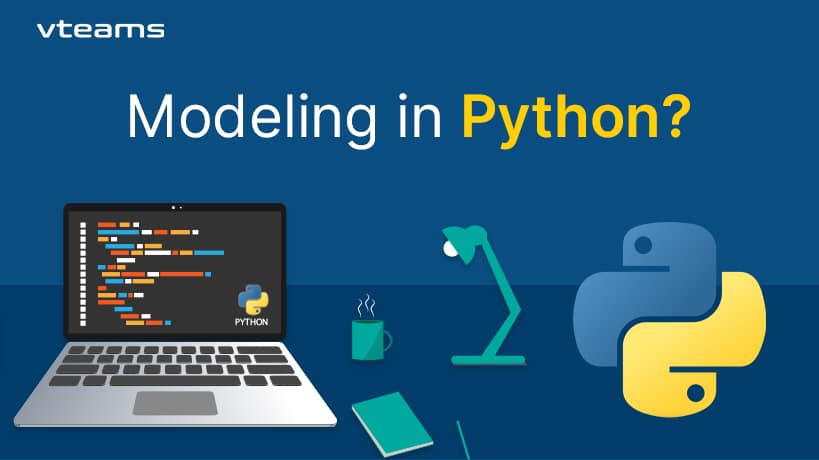



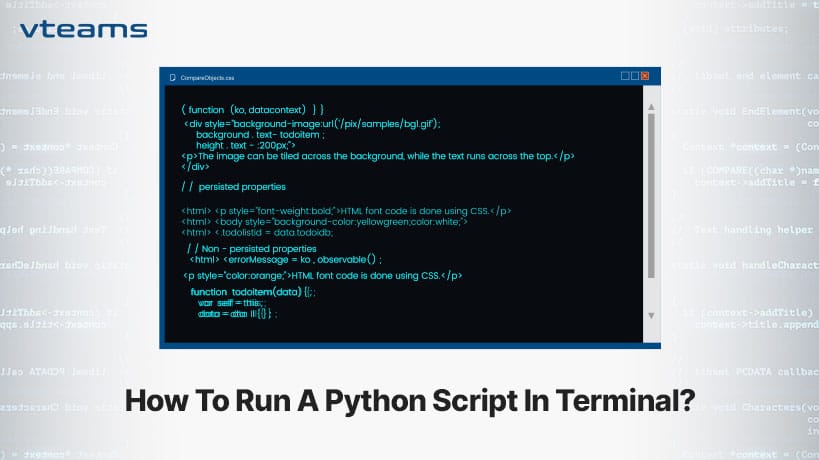
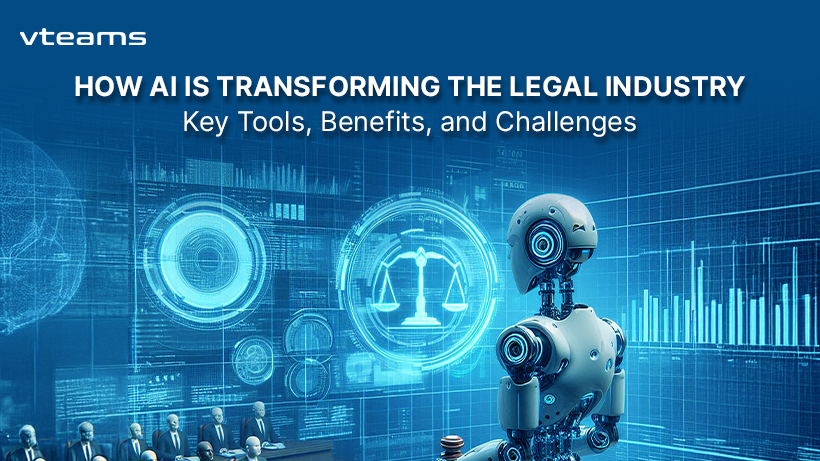




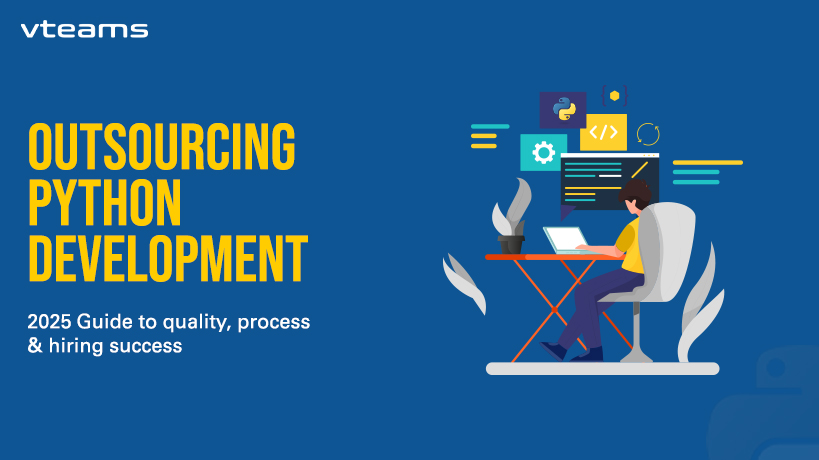

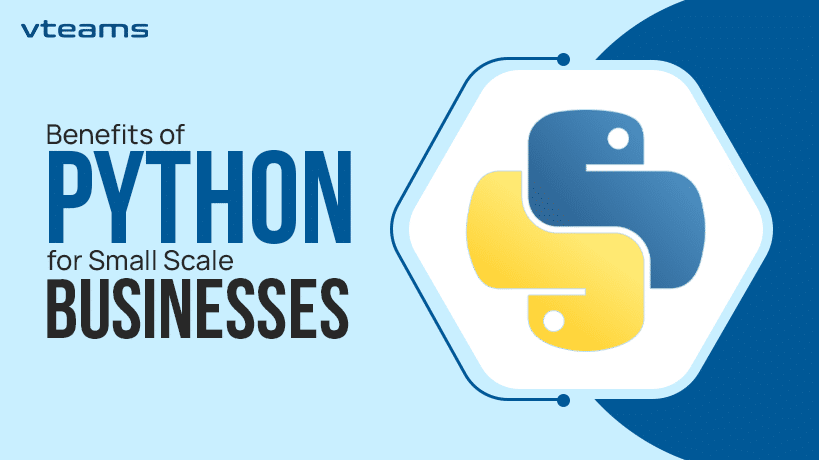
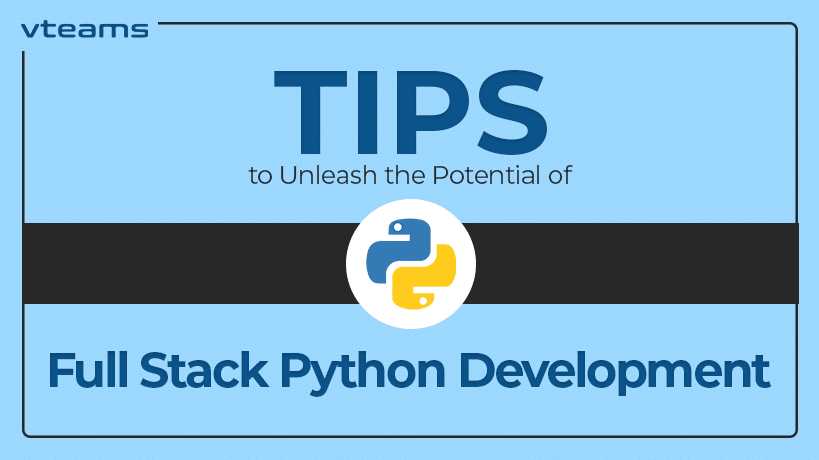
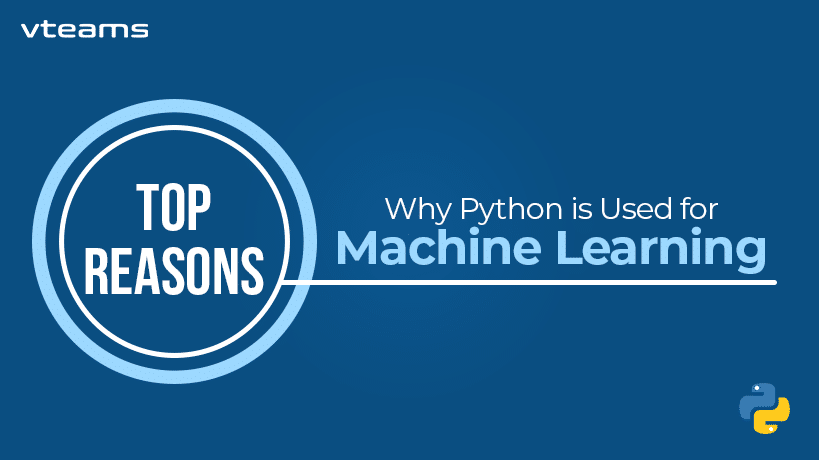
0 Comments